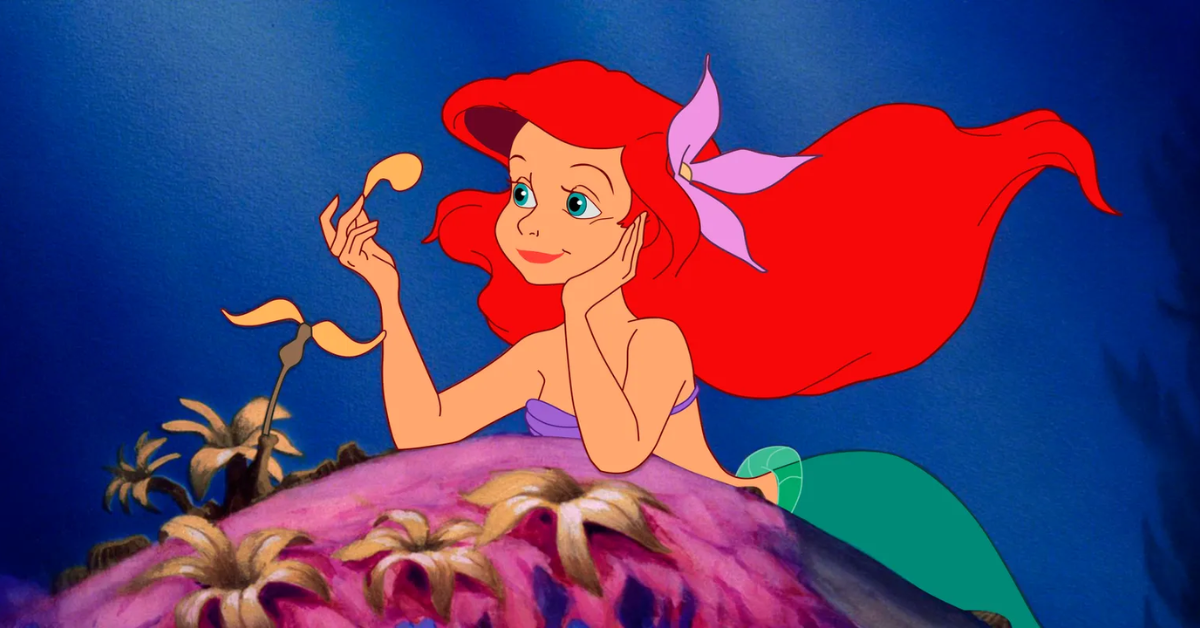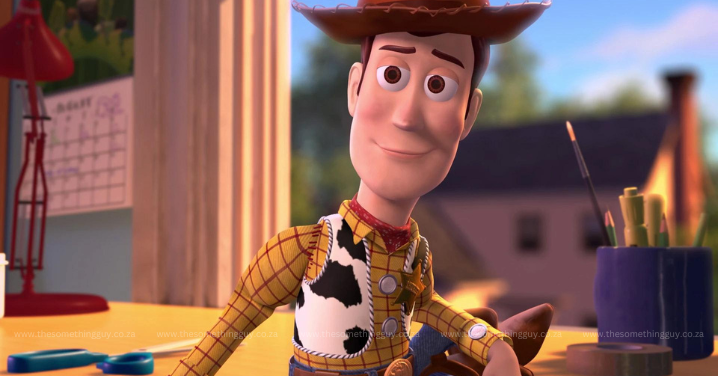
The Little Mermaid is a story beloved by most since most of us can re-tell this story purely from memory. Disney has ensured that the youngest of children to the eldest of parents know about Ariel, Ursula, Flounder, Sebastian, Prince Erick and the rest of the magical cast of this beloved story. This story is one of Disney’s most favoured and acclaimed movies. Often re-made with the same spirit as the original movie.
The latest is a live-action remake with visionary filmmaker Rob Marshall. This movie, “Disney’s The Little Mermaid” will be coming to theatres on May 26, 2023.
“The Little Mermaid” is the beloved story of Ariel, a beautiful and spirited young mermaid with a thirst for adventure. The youngest of King Triton’s daughters and the most defiant, Ariel longs to find out more about the world beyond the sea, and while visiting the surface, falls for the dashing Prince Eric. While mermaids are forbidden to interact with humans, Ariel must follow her heart. She makes a deal with the evil sea witch, Ursula, which gives her a chance to experience life on land, but ultimately places her life – and her father’s crown – in jeopardy.
The film stars singer and actress Halle Bailey (“grown-ish”) as Ariel (not to be confused with Halle Berry!)
With Halley not being the typical white-washed watered-down version that people have come to know, but instead being a ‘black’ Ariel, it caused quite a ruckus online and there was lots of backlash in the world. (Side note, I hate referring to her as a black Ariel, she is a ridiculously talented actress who just so happens to be black.) Representation at the end of the day matters. Also, it is a fictional story written by a crazy man a long long time ago. It’s not real. It’s acting. Really… why are so many people hung up over skin colour? People kept going on rants online that the story was written and created in a certain way and that it should remain that way.

“We need to be storytellers, And no matter what we look like on the outside, no matter our race, our nation, the color of our skin, our dialect, whether I’m tall or thin, whether I’m overweight or underweight, or my hair is whatever color, we really need to tell the story.”
Actress Jodi Benson, who is the voice of Disney’s The Little Mermaid.
But how many people know the real Little Mermaid story? Before Disney took the rights and made a kid-friendly cash cow they use on repeat? The real story? Well, let’s get into it.
HANS CHRISTIAN ANDERSEN wrote The Little Mermaid as a heartwarming tale of a mermaid falling in love with a human, and battling evil to be with her human love, they then live happily ever after as a human. Just kidding. That’s the Disney version.
In Hans Christian Andersen’s original version, the young mermaid has her tongue viciously cut out, gets burned hard by the prince when he chooses another woman (sigh, men!), and eventually needs to dissolve into sea foam instead of saving her own life. Yes, I am not kidding. I am being serious. That’s the real story. Seriously.

You see… Ariel did save a handsome prince from drowning in the original story, and that saving creates an obsession that can be called ‘love’ that eventually results in her making a Devil’s deal with a sea witch named Ursula. This is where the popular Disney version and the original take a darker turn.
In the original text she does sacrifice her voice, but not in a painless way. Instead, her tongue is physically cut out of her body and her new legs (or “two stumps” as the sea people refer to them) are graceful and beautiful, but every move and step incurs knife-like pain for the mermaid. And yet, she goes happily into this arrangement, tongueless and feeling stabbed morning, noon, and night, all in hopes of gaining the love of the prince. She does this in part because she is in love with him, but the stakes are actually much higher. Mermaids in this story live 300 years but then are fated to become ocean foam and nothing more. Humans live a much shorter time, but they have a huge advantage: eternal life in the kingdom of heaven. If the mermaid can get the prince to fall in love with her, she gets to use his human password to get into the kingdom and therefore gain a human soul and all that comes with it. This, above anything else, is her true goal and the love of the prince and a soul to take to heaven are referred to in the same breath each and every time in the original text.
The prince, for his part, is amused with his “foundling” but that’s about it. In fact, he has her sleep on a cushion outside his door like a pet. What a guy. When he meets a princess from a neighbouring kingdom, she resembles the woman who saved him enough (but not, apparently, as much as the woman who actually saved him who has been sleeping outside his door this entire time) that he falls madly in love, proposes, and the former mermaid finds herself leg stabbed and voiceless throughout their wedding day.
On the day after the wedding, she knows she will now be turned into foam on the ocean and patiently awaits her fate on the deck of the marriage ship. However, a few minutes before, her sisters show up, shorn, hairless, and offer up a knife. They have traded their hair to the sea witch for it (which seems like a small price since hair, unlike a tongue, grows back), and the Little Mermaid must stab the prince in the chest and let his blood wash on her new legs, which will then turn into a mermaid’s tale so she’ll have her 300 years back again. Problem solved. right?
Despite her deep love for this man, she does consider this. After all, if he had loved her back she’d have eternal life. Instead, she’s now moments away from becoming ocean foam and what with the leg pain and no tongue, she’s kind of done a lot for him (we’re not even going to mention the whole “saving his life” thing). So she goes in where he is sleeping with his wife and stands over the bed, as one does, with the knife, but then hears him call out his wife’s name in his sleep. This, for some reason, convinces her not to kill him, but rather to throw the knife into the ocean and then throw herself in after it. As she does this, the ocean turns blood red and for a moment she feels herself turning into ocean foam.
But, all is not lost. She does not become foam, but she is not saved either. Instead, there’s a third option, one not discussed until this very last moment. She is surrounded by voices and visions of figures and is told she is now one of the “daughters of the air” and gets to be this incarnation for the next 300 years. She has been rewarded for all she did (saving the prince’s life, sacrificing her tongue, enduring pain in hopes of an immortal soul, not murdering him, sacrificing her life and so on) by having this opportunity. If she works as a daughter of the air and cools farmers at work and blows windmills for grain and moves ships on the sea, she will be given an immortal soul. There is one extra detail: if she blows her way into the room of a child and that child is obedient and well-mannered she gets a year off of her sentence. However, if that child is having a tantrum or being bad, she will cry in sorrow for what she sees and each tear will add a day to the existence of wind blowing.
Of course, she is overjoyed, and who wouldn’t be? And what child wouldn’t enjoy this tale? You have unrequited love, lots of pain, physical disfigurement, witchcraft, almost murder, and then a big heaping pile of guilt at the end. If you are good, you are a small part of freeing this poor woman from her multiple century-long miseries. However, if you are bad you make her cry and also lengthen her already lengthy sentence. After all, she’s been through, can’t you just eat your porridge and go to sleep and let the lady get to heaven, which she clearly deserves more than that prince who lets mute women sleep on floors and ignores their sacrifices?
An exciting story, with lots of twists and turns, and a dark and almost painfully tragic edge that is truly a staple of the Andersen tale.
If you step aside from the movie franchise of The Little Mermaid for a second, and think about how mermaids have largely been thought of as hell-bent on seducing sailors into the depths, or just smashing boats with storms if they’re not really feeling like putting the effort into being charming. The original story makes a lot more sense of how a mermaid would act and be… realistically speaking.
So does it really make sense that we are all going on about the skin colour of a fictional character but not fighting for the real origin story instead? Regardless. We will all be singing “under the sea” soon.



